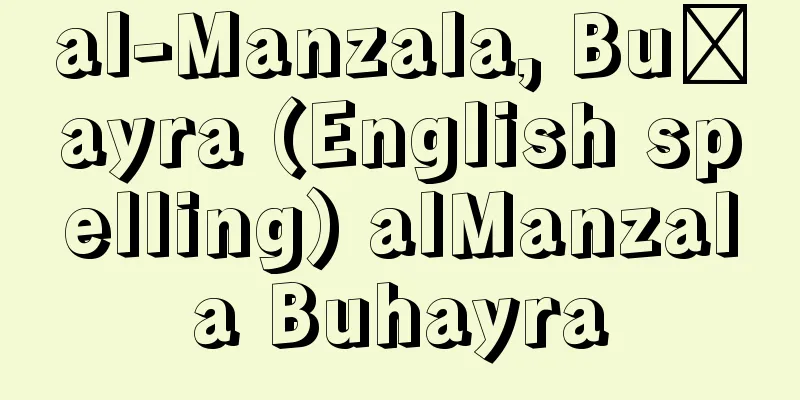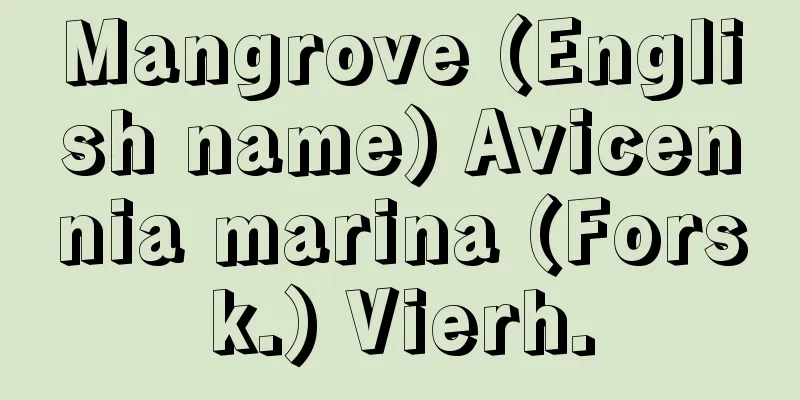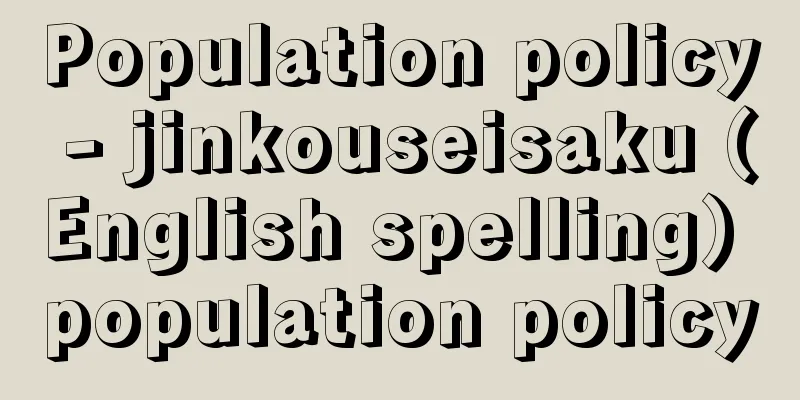Skirt - also

|
Since the Kofun period, this is a garment worn around the waist by the upper classes and monks. It is also written as 'mo'. The two-piece waist garment depicted on the Haniwa clay figurines of female figures from the Kofun period is thought to be a mo. The outline of women's mo and the pleats for men and women from the early Asuka period can be seen in the Tenjukokushucho embroidery scroll at Chuguji Temple. A later period mo is suggested by the female figure on the wall painting of the Takamatsuzuka Kofun Tomb. This has a three or four-color vertical stripe pattern with decorative pleats at the hem. The Yoro's "Clothing Order" stipulates that a pleat should be worn over the white hakama (trousers) of civil servants' formal attire, and that women's formal attire should have pleats and a yuhata no mo (skirt) underneath. The colours of this skirt are safflower, deep light purple and green. Pleat is omitted from women's morning attire, and those of the sixth rank or below wear green or indigo yuhata no soenomo (skirt). A yuhata no soenomo is a skirt made of thin strips of coloured silk sewn vertically. It also states that green, indigo or navy tatami, or crimson yuhata no mo (skirt) should be used for the uniforms of government officials. The style of the time can be seen in the "Kichijoten Portrait" handed down from Yakushiji Temple, the "Torigeritsujo no Byobu" (Tall Bird Feather Standing Woman Screen), a Shosoin treasure, and other actual remains. The "Engishiki" (Ceremony of the Engishiki), in the section on the Empress's annual clothing, lists the distinction between upper and lower skirts, materials such as plain silk and ramie, colors, and the required amount, providing clues to understanding the skirts from the Nara period to the early Heian period. After the mid-Heian period, women stopped wearing mo due to the Japanese style and lengthening of clothing, and the formal attire for women (Junihitoe) was either worn with a string called the koshi of the mo, which was wrapped around the back and tied in front, or with a long hem pulled backward, becoming a formal and decorative component. Therefore, vestiges of the traditional front part of the mo were retained, and short parts called agachinos were added to both sides at the top, and the main part of the mo, which was made of ten layers, was called kuso. On these, suri-e and ka-e were painted with auspicious designs such as kaibu (sea tale) and matsutsuru (pine and crane) on holidays, and on days when clothing was allowed to have the color and design of one's choice, inlay and gold and silver foil were added to express uta-e, and literary tastes were also elaborated. From the late Muromachi period to the late Edo period, the skirt was made of eight-width cloth, with no folds, and was shorter in length and hung from the shoulders with a sash called a kakeobi. However, at the end of the Edo period, it was changed back to the old style, tied around the waist and pulled back. [Takada Yamato] [Reference] |Source: Shogakukan Encyclopedia Nipponica About Encyclopedia Nipponica Information | Legend |
|
古墳時代以来、上流階級や僧侶(そうりょ)に用いられた腰部につける衣服。裙とも書かれる。古墳時代の女子人物埴輪(はにわ)に表された上下二部式衣服の腰衣が裳にあたると思われる。飛鳥(あすか)時代初期における女子の裳と男女の褶(ひらみ)については、中宮寺の天寿国繍帳(てんじゅこくしゅうちょう)にそのあらましが認められる。後期の裳は高松塚古墳壁画女子像が示唆してくれる。これは3、4色の立縞(たてじま)文で裾(すそ)に飾襞(かざりひだ)がつけられている。養老(ようろう)の「衣服令(りょう)」では、文官の礼服(らいふく)における白袴(しろきはかま)の上に褶を着けるとし、女子の礼服には褶を着け、その下に纈裙(ゆはたのも)(裳)をはくと定めている。この裙の色は蘇芳(すおう)、深浅紫、緑である。女子の朝服には褶を省き、六位以下の者は緑・縹(はなだ)の纈紕裙(ゆはたのそえのも)としている。紕裙は、色絹を縦に細くはぎ合わせた裳である。官人の制服には緑か縹か紺の纈、または紅裙(くれないのも)を用いるとある。当時の形式は、薬師寺伝来「吉祥天(きちじょうてん)画像」、正倉院宝物「鳥毛立女屏風(とりげりつじょのびょうぶ)」そのほか、および実物遺品にうかがえる。『延喜式(えんぎしき)』縫殿(ぬいどの)寮の巻、中宮の年中御服の項に、上裙・下裙の別、平絹や羅(ら)などの材質、色彩と必要量をあげていて、奈良時代から平安時代初期の裳を知る手掛りとなっている。 平安時代中期以後、衣服の和様化、長大化によって女子は裳をはかなくなり、正装である女房装束(十二単(ひとえ))において裳の腰とよばれる紐(ひも)を後ろから前に回して結んで着けるか、裾を後方に長く引く形式的で装飾的な構成具の一つとなった。そこで従来の裳の前部の名残(なごり)をとどめて、上方両脇(わき)に短い頒幅(あがちの)といわれる部分をつけ、十幅(との)仕立ての裳の主要部を裾とよんだ。そこには摺(す)り絵や描き絵で、祝日には海賦(かいぶ)文や松鶴(まつつる)の吉祥文を、一日晴(いちにちばれ)といってその日のみ衣服に好みの色や文様を許されるときには、象眼(ぞうがん)や金銀の箔(はく)押しを加えて歌絵を表し、文学的趣向をも凝らした。室町時代後期から江戸時代後期までの裳は、八幅(やの)仕立てで頒幅はなく、丈が短くなり、懸帯(かけおび)といわれるもので肩から吊(つ)るしかける形式になった。しかし江戸時代末期に古様に改められ、腰部で締めて後ろに引く形式に戻った。 [高田倭男] [参照項目] |出典 小学館 日本大百科全書(ニッポニカ)日本大百科全書(ニッポニカ)について 情報 | 凡例 |
Recommend
Antiquity (English spelling)
…He belonged to the second generation of British ...
Sand lance - Sand lance (English spelling)
A marine fish of the Sandlanceidae family in the o...
Federal Republic of Cameroon
...Eastern Cameroon was granted autonomy in 1957,...
Summer Yellow Prince
...This refers to a painting depicting four old m...
Constituency - Senkyo (English spelling) constituency
A district is a standard area for dividing the to...
Oribe Floor - Oribe Doko
〘Noun〙 A style of alcove favored by Furuta Oribe. ...
DIANA
The name of an air freshener sold by Eikosha Co., ...
Primitive kidney duct
It is the most primitive excretory organ, found i...
Communist League (English spelling: Bund der Kommunisten; Communist League)
The first international secret organization of the...
Realgar
It is an arsenic (As) ore mineral. It corresponds...
Housewife
… [Mitsuru Hotta] [Folklore] In ancient Japanese,...
Metropolitan Oakland International Airport
…[Eiichiro Sekigawa]. … *Some of the terminology ...
Law on the Management of Postal Life Insurance and Postal Pension Funds - Law on the Management of Postal Life Insurance and Postal Pension Funds
...As a result, the scale of the postal insurance...
Oxidant (English spelling)
A general term for highly oxidizing substances suc...
Tobetsu River
A river that flows south through eastern Hokkaido...









